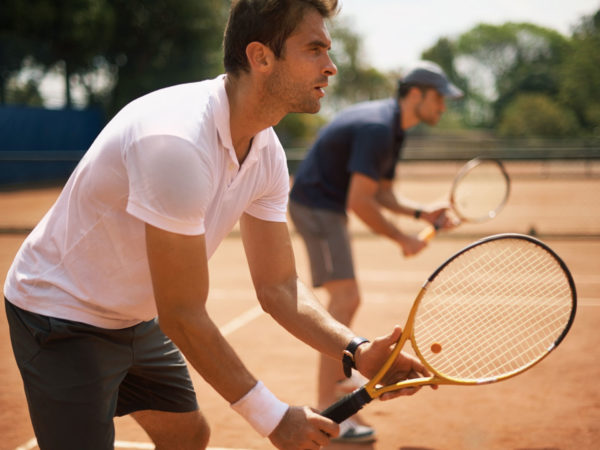Tennis Or Badminton Anyone?

Racquet sports – specifically tennis and badminton – are likely to add more years to your life than running or biking. A new study from Denmark found that, compared to people who were sedentary, playing tennis appears to add 9.7 years of life. Badminton was associated with an additional 6.2 years, and soccer added nearly five years to players lives. The researchers also found that cycling added 3.7 years to life and running added 3.2 years, again compared to the lifespans of sedentary Danes. They determined these effects from exercise among 8,600 participants in the ongoing Copenhagen City Heart Study. The investigators haven’t determined why racquet sports were linked with longer lives, but study co-author James O’Keefe Jr., M.D. a cardiologist at Saint Luke’s Mid America Heart Institute in Kansas City, MO, suggested that the social nature of racquet and team sports may yield psychological and physiological influences on health that increase the benefits of the exercise itself.
Another possibility: tennis players may live longer because they have less life stressors – they have enough money and leisure time for the sport – not just because they play tennis. That remains to be determined by future studies, as does the theory that connecting with other people explains the longer lifespans seen among those who play racquet sports.
My take? This is certainly interesting news about playing tennis, which is a challenge at any age. Apart from the findings that tennis and other racquet sports appear to add more years to life than solitary types of exercise, tennis itself can give you a significant aerobic workout. The sport is also weight bearing and therefore good for the bones, and it promotes strength and flexibility. It can also simply be fun. If you enjoy a sport and play it regularly, you don’t need much advice about getting exercise.
Source:
Peter Schnohr et al, “Various Leisure-Time Physical Activities Associated with Widely Divergent Life Expectancies: The Copenhagen City Heart Study.” Mayo Clinic Proceedings, September 2018, DOI: doi.org/10.1016/j.maycp.2018.06.025
Also in this week’s bulletin:











